Table of Contents
Introduction
Celery seed powder is a concentrated spice made from dried celery seeds, offering a unique earthy, nutty flavor that enhances pickles, meats, sauces, and baked goods. Unlike fresh celery, it delivers intense flavor without moisture, making it ideal for recipes where you want depth without added liquid. This guide covers everything you need to know to use it effectively, from flavor pairing to storage tips, based on professional culinary expertise and verified sources.
What Is Celery Seed Powder?
Celery seed powder is produced by drying and grinding seeds from the celery plant (Apium graveolens). While celery stalks are commonly eaten as a vegetable, the seeds contain higher concentrations of essential oils like apiol and sedanenolide, which create a potent, aromatic flavor. This powder is not the same as celery salt (which combines celery seed powder with salt) and provides a more versatile flavor profile for cooking.
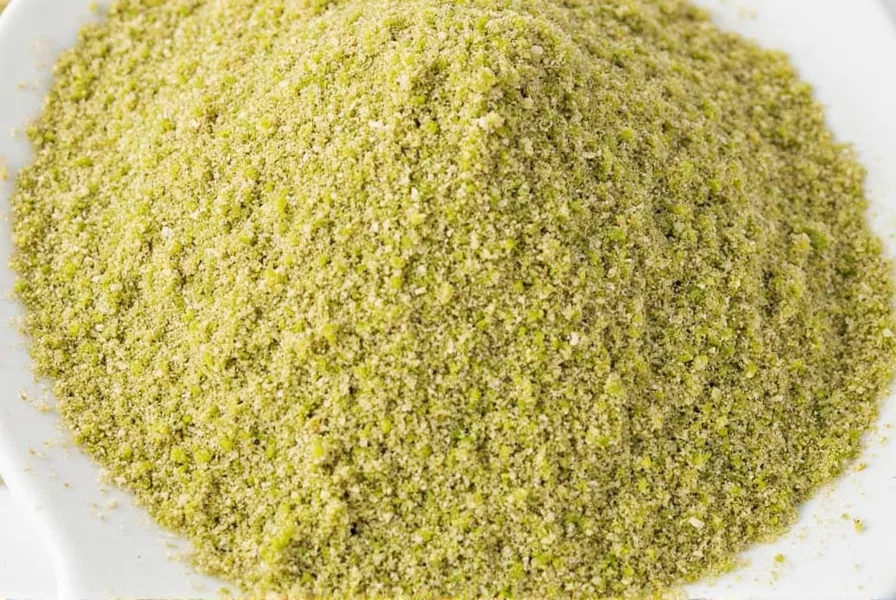
Historically used in European and Middle Eastern cuisines, celery seed powder is valued for its ability to enhance savory dishes without overpowering other ingredients. It’s particularly effective in pickling, meat rubs, and sauces where a subtle, complex flavor is desired.
Flavor Profile and Uses
Celery seed powder has a complex flavor profile: earthy, slightly bitter, and nutty with hints of parsley and anise. It’s milder than cumin but more robust than fresh celery, making it a versatile supporting ingredient. Here’s how to use it effectively:
- Pickling: Essential for homemade pickles and relishes—adds depth and preserves vegetables.
- Meat Seasoning: Sprinkle on roasted chicken, pork, or beef for a distinctive savory note.
- Sauces and Dips: Enhances mayonnaise, aioli, and mustard with subtle complexity.
- Baked Goods: Works well in rye or sourdough bread for a savory twist.
- Vegetable Dishes: Adds depth to roasted carrots, potatoes, or Brussels sprouts.
| Spice | Flavor Notes | Best Used In |
|---|---|---|
| Celery Seed Powder | Earthy, nutty, slightly bitter | Pickles, meat, sauces |
| Caraway Seeds | Warm, slightly sweet, herbal | German sausages, bread, cheeses |
| Fennel Seeds | Anise-like, licorice, sweet | Italian sausage, fish, bread |
| Cumin | Earthy, smoky, slightly spicy | Mexican, Indian, Middle Eastern dishes |
Cooking Tips with Celery Seed Powder
Maximize flavor with these expert techniques:
- Start Small: Use 1/4 teaspoon per dish for 4-6 servings—its potency means less is more.
- Toast for Depth: Lightly toast seeds before grinding to release essential oils and intensify flavor.
- Pair Strategically: Combine with garlic, vinegar, or citrus to balance bitterness; avoid delicate seafood where it might clash.
- Use in Early Cooking: Add during initial sautéing or simmering to allow flavors to meld.
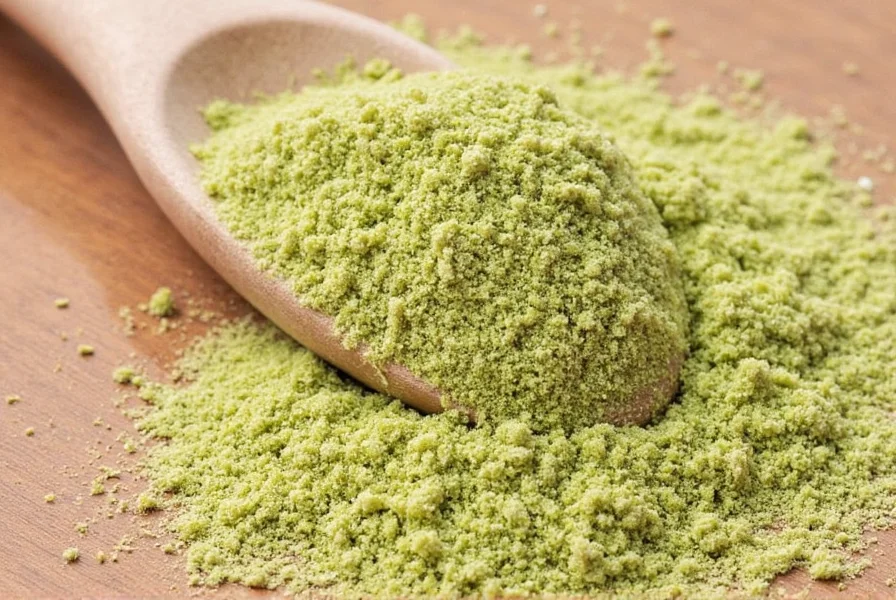
Try these specific recipes:
- Quick Pickled Vegetables: Simmer 1 cup vinegar, 1 cup water, 2 tbsp sugar, 1 tbsp salt, and 1 tsp celery seed powder. Pour over sliced cucumbers, onions, and carrots. Refrigerate 24 hours for crisp, flavorful pickles.
- Roasted Chicken Rub: Mix 1 tbsp celery seed powder, 1 tbsp paprika, 1 tsp garlic powder, and 1 tsp black pepper. Rub onto chicken before roasting for savory, aromatic results.
- Homemade Mustard: Blend 1/4 cup yellow mustard seeds, 1/4 cup apple cider vinegar, 1 tbsp honey, and 1/2 tsp celery seed powder for a tangy, complex condiment.
Health Benefits
Celery seed powder contains antioxidants like apigenin and luteolin, which may support anti-inflammatory processes and heart health. It’s also a good source of vitamin K, essential for blood clotting and bone density. However, these benefits are best realized when used in culinary amounts as part of a balanced diet—not as a medical treatment. Always consult a healthcare provider for health concerns.
Buying Guide for Celery Seed Powder
Key Features to Look For
- Freshness: Check production dates—opt for products within 6 months for peak flavor.
- Origin: European or Middle Eastern sources often yield higher quality due to traditional cultivation practices.
- Texture: Should be fine, uniform, and free of clumps or debris.
- Organic Certification: Look for USDA Organic or EU Organic labels if avoiding pesticides.
Top Products and Their Uses
- Brand A - Premium Celery Seed Powder
- Features: Fine texture, high potency, no additives.
- Advantages: Ideal for pure, unadulterated flavor in pickling and meat rubs.
- Use Cases: Professional kitchens, gourmet cooking, holiday recipes.
- Brand B - Organic Celery Seed Powder
- Features: Certified organic, cold-pressed, no artificial preservatives.
- Advantages: Best for health-conscious cooks and vegetarian dishes.
- Use Cases: Daily cooking, family meals, clean-eating plans.
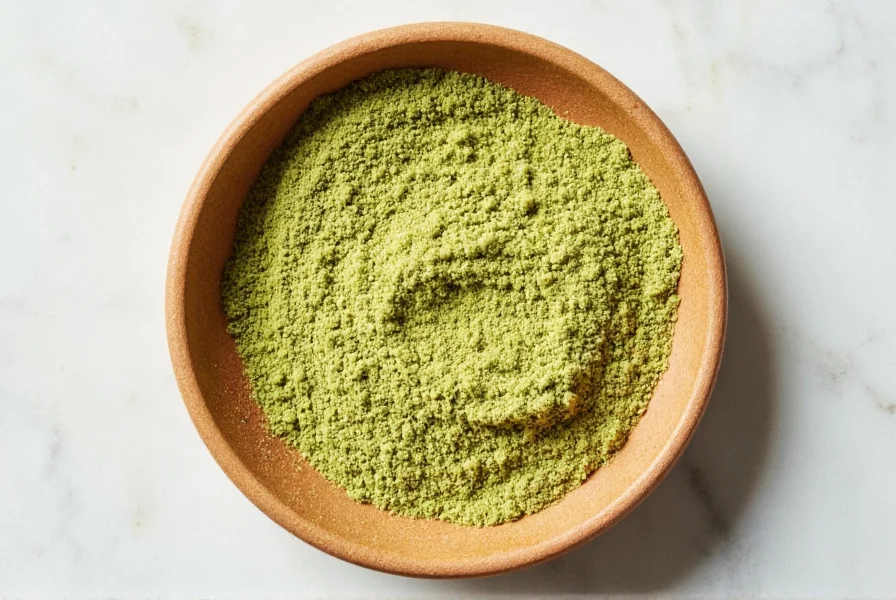
Frequently Asked Questions
What is the difference between celery seed powder and celery salt?
Celery seed powder is made purely from ground celery seeds, while celery salt combines celery seed powder with table salt (typically in a 3:1 ratio). Celery salt adds sodium and is best for seasoning finished dishes, whereas celery seed powder offers pure flavor without extra salt, making it more versatile for recipes where sodium control is important.
Can I substitute celery seed powder for fresh celery in recipes?
Yes, but with adjustments. Use 1/4 to 1/2 teaspoon of celery seed powder per stalk of fresh celery. Since powder lacks moisture, reduce liquid ingredients slightly and add it early in cooking to allow flavors to develop. Avoid using it in raw dishes where fresh celery’s crisp texture is essential.
How should I store celery seed powder to maintain freshness?
Store in an airtight container away from heat, light, and moisture. A cool, dark cupboard is ideal. Properly stored, it retains quality for 1-2 years. For maximum freshness, refrigerate or freeze—especially if ground at home—and always use a dry spoon to prevent moisture exposure.
Does celery seed powder have health benefits?
Celery seed powder contains antioxidants like apigenin and luteolin, which may support anti-inflammatory processes and heart health. It’s also a good source of vitamin K for blood clotting and bone density. However, these benefits are best realized in culinary amounts as part of a balanced diet—not as a medical treatment. Always consult a healthcare provider for health concerns.
Can I make my own celery seed powder at home?
Absolutely. Toast whole seeds in a dry pan over low heat for 2-3 minutes until fragrant, then cool completely. Grind in a spice grinder or mortar and pestle. Homemade powder has superior flavor but a shorter shelf life (3-4 months)—store in the freezer for best results.
What dishes should I avoid using celery seed powder in?
Avoid delicate dishes where its strong flavor might overpower: light seafood (e.g., poached fish), mild cheeses (e.g., fresh mozzarella), or sweet desserts (e.g., cakes). Its bitter notes clash with overly sweet preparations and can dominate subtle flavors.
How much celery seed powder should I use in a typical recipe?
Start with 1/4 to 1/2 teaspoon for 4-6 servings. For pickling, use 1 teaspoon per quart of liquid. Remember: flavor intensifies during cooking, so add early for strong notes or late for subtlety. Always taste and adjust—more can be added, but too much can’t be removed.
Is celery seed powder safe for people with celery allergies?
No. Celery seed powder contains concentrated allergens and may cause severe reactions in those with celery allergies. It also cross-reacts with related plants like carrots, parsley, or mugwort. Always avoid if you have known celery sensitivities.
Conclusion
Celery seed powder is a versatile, underappreciated spice that elevates everyday dishes with its unique earthy complexity. Whether you’re pickling vegetables, seasoning meats, or crafting homemade condiments, it delivers flavor without moisture—making it indispensable for culinary experimentation. Start small, pair wisely, and explore its potential in your kitchen. With the right approach, this humble powder can transform your cooking in surprising and delicious ways.
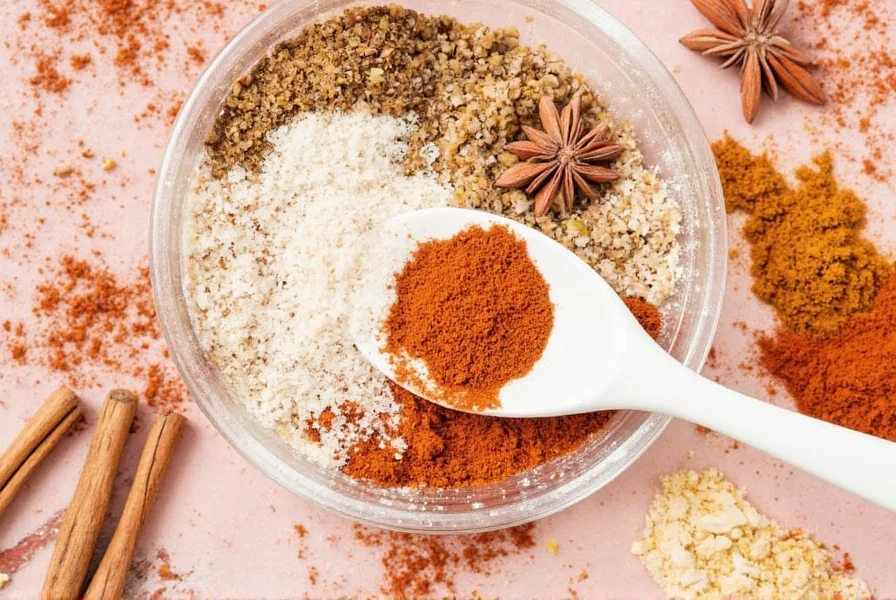

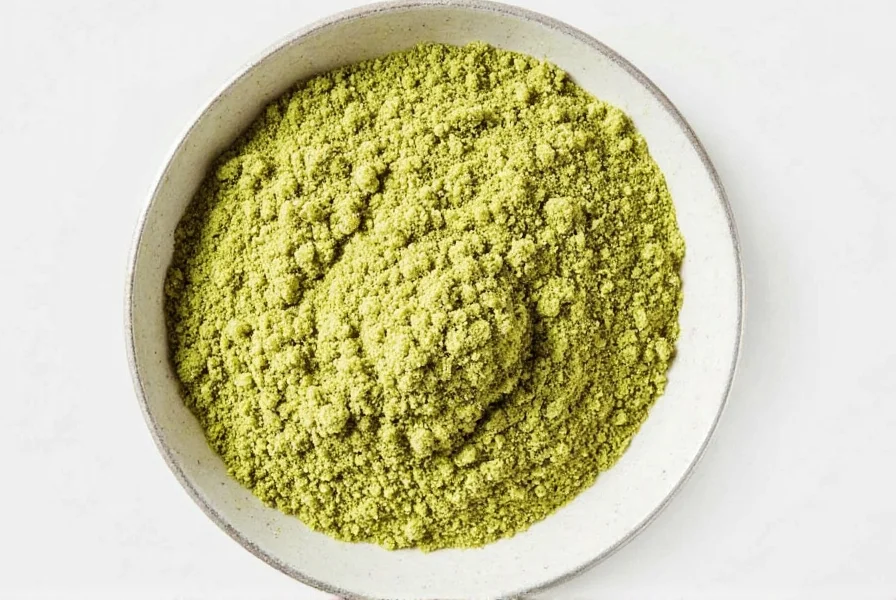









 浙公网安备
33010002000092号
浙公网安备
33010002000092号 浙B2-20120091-4
浙B2-20120091-4